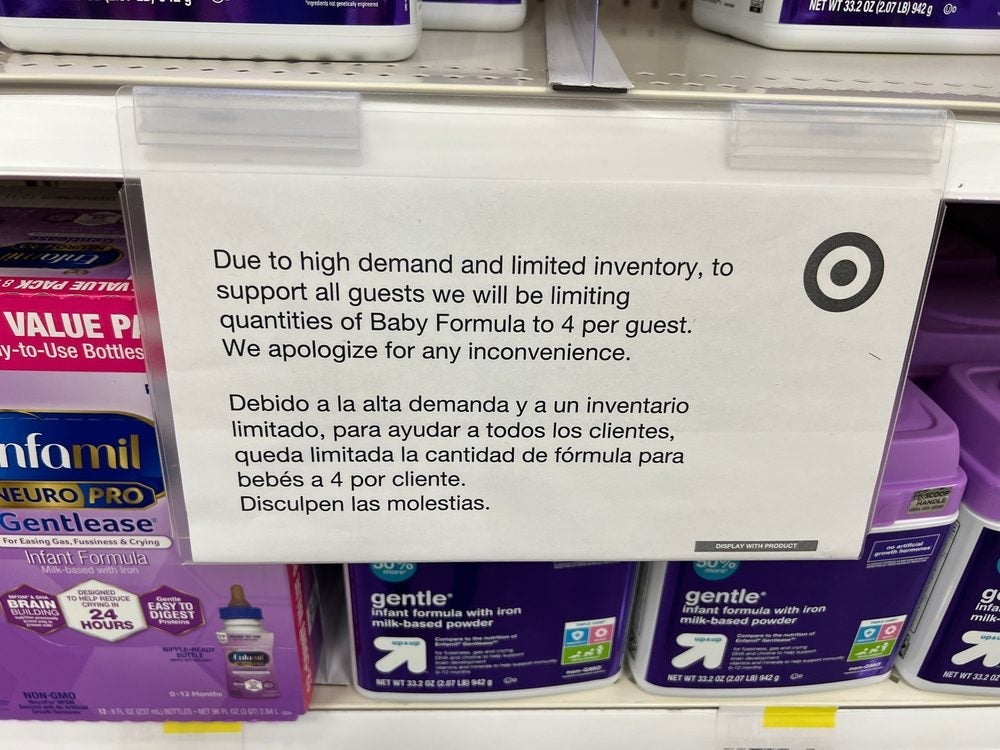Budget cutbacks and a dwindling number of product launches held spending growth on sampling programs to just 3.0 percent at $1.2 billion in 2001, according to PROMO estimates based on industry sources.
That’s impressive, considering downturns elsewhere and post-Sept. 11 concerns that sampling might make consumers skittish.
“We’re sensing a return to more traditional spending levels,” says Larry Burns, ceo of StartSampling.com, Carol Stream, IL, and co-chair of the Promotion Marketing Association’s sampling council. “There were cuts last fall, but now marketers are realizing they have to invest in brands to make their 2002 numbers.”
Marketers are tapping more targeted sampling to complement ad buys. “There are two types of sampling: product sampling and brand sampling,” says Jonathan Ressler, president of Big Fat Promotions, New York City. “With product sampling, you take one million samples and just throw them out there. With brand sampling, you take maybe 500,000 and give them to the right people at the right time.”
“Today we’re dealing with companies that never talked to us in the past, like Hasbro,” says Mike Napoliello, partner at U.S. Marketing & Promotions, Torrance, CA. “They used to dismiss us by saying, ‘You do field marketing, we do advertising.’”
Targeting tightens as more sampling reinforces existing relationships rather than woos new users. Venues reflect specific audiences and moods. Witness Cincinnati-based Procter & Gamble’s Teen Esteem Tour for Secret antiperspirant: P&G visited shopping malls in six cities with 350,000 samples, a rock climbing wall, an inspirational message wall, DJs, and pop singer Christina Milian. Sampling teams spent five days before each tour stop drumming up awareness at local hot spots such as schools, stores, movie theaters, sporting events, concerts, and restaurants. YouthStream, New York City, handled.
P&G’s Torengos ChampionCHIP Challenge took 11 vans to 24 cities over three months. The tour stopped at local garden clubs and arts festivals to hit a family crowd. “We’re not stopping at any huge sports events,” says P&G nutritionist Suzette Middleton. “We’re more interested in venues where people fit the bill for family.” USM&P handles.
Tropicana Pure Premium, Bradenton, FL, gives glasses of o.j. to theater-goers waiting in line for The Lion King (Tropicana sponsors the musical’s national tour). “This is a wholesome way to show our appreciation,” says Tropicana assistant marketing manager Suzanne Lewis. Frankel, Chicago, handles.
Bars and nightclubs — once the domain of tobacco and alcohol — have become sampling hot spots for brands like Masterfoods USA’s Milky Way. Nintendo of America, Redmond, WA, spent Spring Break sampling Game Cube and GameBoy Advance in Cancun, Mexico, at nightclubs, bars, and the beach, with game systems tethered to samplers’ jumpsuits. (A similar flight launched the product in 2001.) Big Fat handles.
Sampling execs encourage marketers to think branding, not budget.
“Clients can’t rely strictly on the lowest cost-per-conversion. If you approach sampling as the basis for a life-long relationship, what’s that worth?” posits Neal Frank, president and ceo of Marlin Entertainment, New York City. Certs Breath Mints, Morris Plains, NJ, tapped Marlin for its sponsorship of Imax rock ‘n roll film All Access. The brand hosted screenings and distributed millions of co-branded mint packets at theaters and nearby college campuses.
Online, brands have begun offering samples on their own sites rather than through third-party aggregators, with an eye on the bottom line. “Brands are no longer just going online because their competitors are,” says Burns. “Today they need to see ROI or they’ll turn the spigots off.”
SNAPSHOT
- Spending rose 3.0 percent to $1.2 billion.
- Tours target specific audiences for brand interaction.
- Brands are taking control of their own online efforts.

 Network
Network

